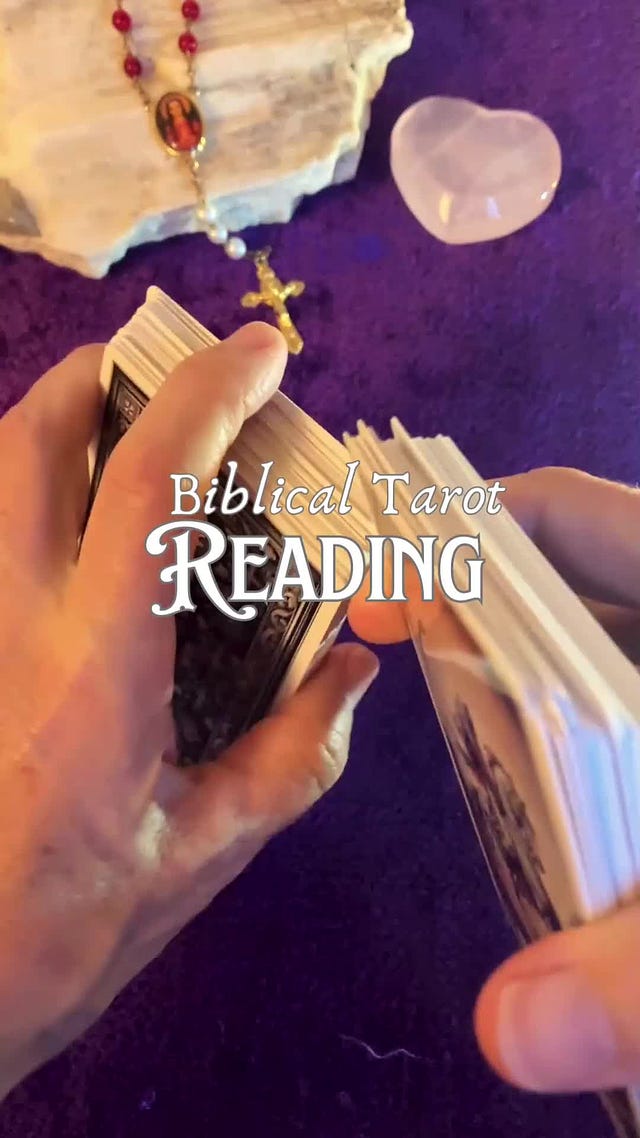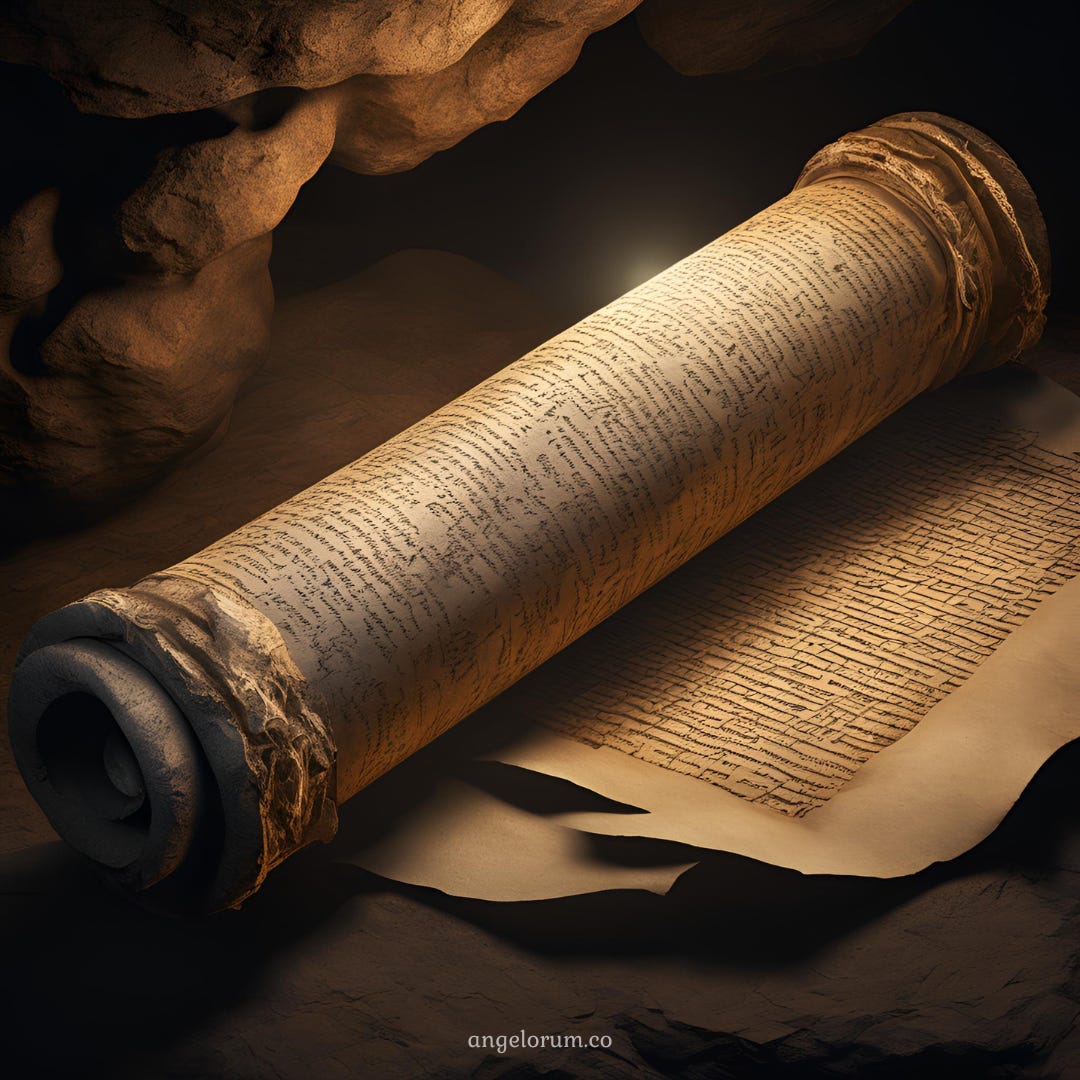Happy Friday, friends! Somehow, this week turned into a King Solomon-themed week on the Angelorum Blog. I didn’t plan this—It just sort of happened—and it feels right to wrap it up with the Odes of Solomon, even though they clearly were not written by Solomon himself. You can see a sample verse from the Odes of Solomon in today’s Tarot Reading:
 Tiktok failed to load.
Tiktok failed to load.Enable 3rd party cookies or use another browser
In case you didn’t catch the two posts I shared about Solomon earlier in the week, you can catch my post about the Biblical Tarot King Solomon Emperor card HERE and the dual purpose Song of Songs Tarot Spread HERE.
Pick-a-Pile Tarot Readings for Inner Peace
CLICK HERE or on the image above for your FREE pick-a-pile Tarot reading!
The Odes of Solomon: Discovery, Origins, and Inclusion in the 'New New Testament'
Discovery and Origins
The Odes of Solomon are a collection of 42 early Christian hymns or psalms, discovered in various manuscripts in the early 20th century. Their exact origins are still debated among scholars, but it is generally accepted that they were written between the 1st and 3rd centuries. The most significant manuscript, found in a monastery at Homs in modern-day Syria, was first published by J. Rendel Harris in 1909. These texts are written in Syriac, a dialect of Aramaic, which was widely spoken in the Eastern Roman Empire.
Inclusion in the 'New New Testament'
The Odes have been incorporated into the New New Testament compiled by Hal Taussig, a contemporary Biblical scholar. Taussig's work aims to broaden the canonical scope of the New Testament by integrating influential early Christian texts that predate or were contemporary with the canonical gospels. In this collection, the Odes of Solomon are placed alongside other non-canonical texts, drawing attention to the diversity of early Christian thought and expression.
Christ's Voice in the Odes
In the Odes of Solomon, Christ's voice is strikingly present and speaks directly to the reader or the congregation. This mode of divine communication emphasises an intimate and direct relationship between Christ and the believers. Christ is portrayed not merely as a distant figure but as an active and present force within the community. You can check this out for yourself in this free online copy that contains all 42 Odes.
The Essene Tradition and the Teacher of Righteousness
This mode of communication is reminiscent of the Essene tradition, particularly in how the Teacher of Righteousness addressed his congregation. The Essenes were a Jewish sect known for their piety and communal lifestyle, and they produced a rich trove of religious texts, including the Dead Sea Scrolls. The Teacher of Righteousness, a central figure in the Essene community, often spoke in a manner that directly addressed his followers, teaching them the ways of righteousness and guiding them in their spiritual journey.
Similarly, in the Odes of Solomon, Christ serves as both a divine guide and a direct communicator, much like the Teacher of Righteousness. This parallels the Essene tradition, placing Christ in a role where He actively guides and nurtures the faith community.
Conclusion & Further Reading
The Odes of Solomon offer a unique glimpse into early Christian worship and theology, revealing a tradition where Christ speaks directly to His followers, echoing the teaching style of the Essene Teacher of Righteousness. Their inclusion in Hal Taussig's 'New New Testament' highlights their significance and enriches our understanding of the diverse expressions of early Christian spirituality.
If you want to learn more about the Odes of Solomon, you can download the free PDF titled The Odes of Solomon, The Nuhra Version by Mark M. Mattison and Samuel Zinner on Academia. You can also watch an interview with the translators/authors of this text on YouTube.








